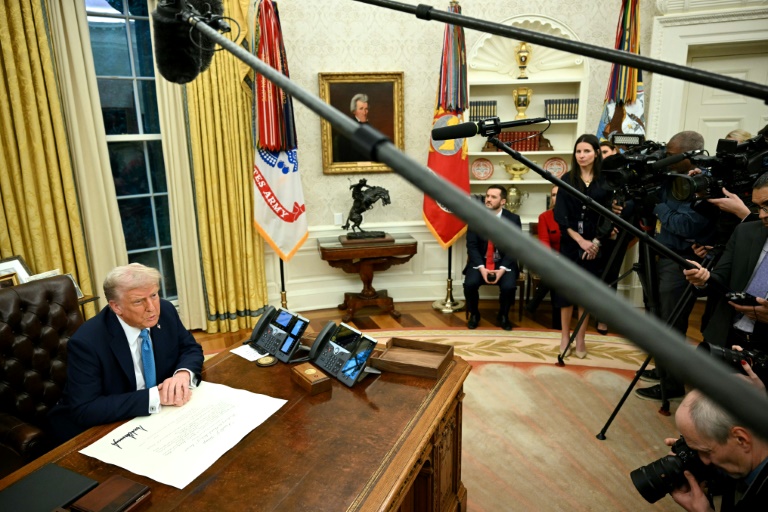MILAN — Too little too late? The Italian government is lending a helping hand to the country’s fashion industry — but more needs to be done.
The main representatives of Italy’s fashion associations met with the country’s Minister of Enterprises and of Made in Italy on Friday, who pledged to channel 250 million euros in 2025 for the relaunch of companies in the sector.
At the so-called National Fashion Table, Minister Adolfo Urso said this is “a significant amount that has been made available through concrete tools to provide fashion companies with the stability and the confidence they need to return to growth.”
Carlo Capasa, chairman of the Camera Nazionale della Moda Italiana, who attended the meeting, said that 250 million euros “are without a doubt a useful allocation, yet it is not resolving.” While thanking Urso, Capasa underscored that “now it will be fundamental to ascertain the ways the funds will be made available to the companies.”
Capasa also said he hoped the tax break on research and development, which has been requested for months, will also finally come to pass.
Giovanna Ceolini, president of Confindustria Accessori Moda, was also thankful to the government, but at the same time underscored “the urgency to secure long-term structural interventions to the industry, fundamental for the country’s economy, which is at risk of losing skills, quality and numerous jobs.”
Ceolini remarked on the decline of several production districts and said that, although a state salary integration was introduced for a part of 2024 and for the month of January 2025 for companies with less than 15 employees in the textile, fashion, footwear and leather goods sectors, issues persist for medium-sized companies. For this reason, she hoped the state-funded wage support cassa integrazione would be introduced in way similar to what was offered during the pandemic.
Data provided by the association states that in the first nine months of 2024, the request for this support from the leather goods supply chain climbed 139.4 percent compared with the same period in 2023.
Ceolini also urged the government to facilitate companies gaining access to credit.
Unions Filctem Cgil, Femca Cisl, Uiltec Uil also weighed in, requesting increased attention to the supply chain and sustainable policies that will take into account safety and lawfulness as priorities, urging the government to directly engage and take corrective measures.
The unions stated that “it is necessary for the entire pipeline to be transparent in terms of legality, social responsibility and contractual obligations,” adding that “unfair competition, economic or regulatory dumping, and distorted outsourcing are no longer acceptable.”
Temporary interventions are not enough to support the manufacturing sector, the second in Europe, they continued, and don’t reflect a serious industrial strategy.
As reported, the Camera della Moda forecast 2024 sales of the fashion and connected industries (including textiles, clothing, leather goods, footwear, jewelry, eyewear and cosmetics) to be down 5.3 percent to 96 billion euros compared to 2023.
Previous projections in September forecast a sales decrease of around 3.5 percent but Capasa noted that a negative third quarter impacted by weak internal demand, the slowdown of purchases from Chinese customers and overall geopolitical instability continued to worsen the cautious scenario already registered in the first half of the year.
The slowdown also impacted exports. Although they continue to be a key driver for the Italian fashion industry, they are expected to grow only 2 percent to 90.6 billion euros versus 2023, while previous projections for 2024 saw exports of the overall sector up 5.5 percent to 93.7 billion euros compared to 2023.
A mix of economic and geopolitical factors is impacting the footwear, leather goods, fur and tanning industries, according to Confindustria Accessori Moda. The contraction is also the result of the slowdown in key markets such as China and Germany, and the difficulties in securing credit, which thwart new investments.
In the third quarter last year, sales of the above categories were down 9 percent and the projections for the year show a decrease of 8.1 percent compared with 2023, reaching sales of 30.1 billion euros. This points to a slowing of the rate of decrease in the fourth quarter.







